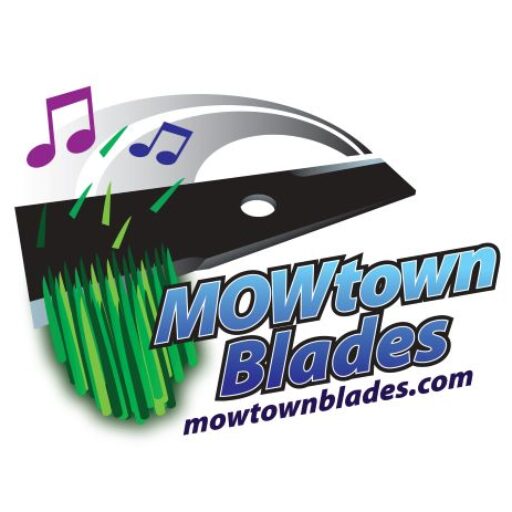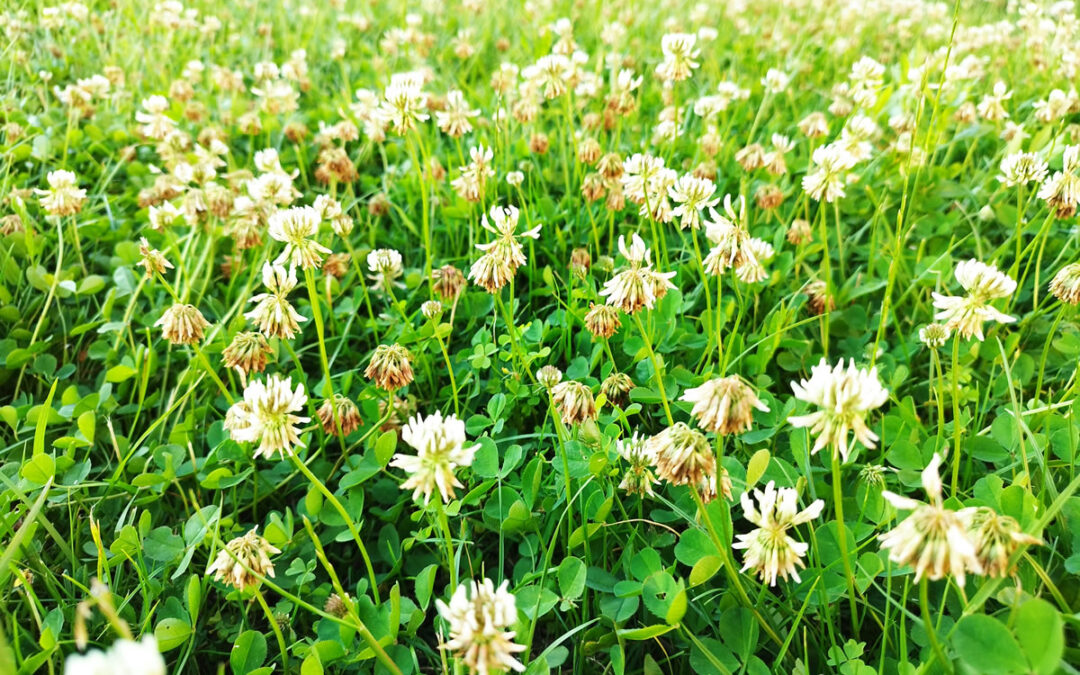In recent years, there’s been a push toward planting lawns that use anything other than grass. The push for alternatives to grass lawns emerged for a few reasons. For some people, the maintenance is easier, while others want more native vegetation in their backyard.
If you’re planning to try alternatives yourself, there are plenty of options available. MowTown Blades has shared a primer to help you learn about these grass substitutes. We also dive into the pros and cons of each alternative and the level of care they need. In addition, we will discuss some tools and equipment that make maintenance easier. Keep reading to learn more.
Why Is There a Movement Toward Grass Alternatives?
For decades, grass has been the go-to lawn cover for properties in the U.S. However, homeowners and landscapers started exploring other options for an array of reasons, such as the following.
Shift to More Sustainable Lawns
Maintaining a lush and vibrant grass cover takes a lot of resources and has two main issues. Water, in particular, is important to prevent grass from drying up and dying, and most grass lawns require huge amounts of water. Those in arid locations, such as California, need even more thanks to the hot weather. With the push toward water conservation, the need for more water-efficient and self-sustaining lawns becomes more pressing.
The second main issue with grass lawns is fertilizer. Fertilizers contain chemicals and other contaminants that run off into nearby bodies of water and cause pollution.
To minimize the environmental impact of having a lawn, property owners want grass substitutes that address these two problems. The best substitute would need little water to stay alive and should also be less dependent on fertilizers.
Preservation of Native Species
American lawns have been called biological deserts. The use of grass removes space for other native species, resulting in monoculture. This situation harms the local ecosystem and makes it harder for native species to thrive.
Addressing this growing concern means using grass alternatives that are native to the area. Cultivating these plants encourages biodiversity — more pollinators, birds that disperse seeds, and a healthier ecosystem overall.
Lower Maintenance Needs
On a more practical note, grass alternatives are becoming more popular because they require less maintenance. It’s not just about having fewer chores — keeping grass healthy and lush requires a lot of effort and resources. You must buy and apply fertilizer, mow weekly, and keep up with a regular watering schedule. Many people are too busy or tired to handle all the additional needs of grass. A lawn cover that can pretty much take care of itself is preferable.
4 Popular Grass Alternatives
We’ve listed four of the best grass alternatives to try. Our list is based on sustainability, ease of maintenance, and a few other factors.
Clover
Clover is one of the most popular grass substitutes today. It checks many of our requirements: it’s hardy, grows even in nutrient-poor soils, and needs little water. Clover has been used as a soil conditioner as well, all thanks to its symbiosis with nitrogen-fixing bacteria.
Pros
- Self-sufficient — fertilizer can kill patches of clover and is not needed.
- Inexpensive and low maintenance. Just start with a few patches and let the plant spread on its own.
- Looks great, especially during spring when it flowers. The blooms also attract pollinators.
Cons
- Clover grows quickly, so it can quickly grow into unintended areas. The plant is better suited for those with more spacious lawns.
Moss
If you want an exceptionally low-maintenance lawn cover, moss is a good choice. This option doesn’t need a lot of attention. Best of all, it can add a magical feel to your yard.
Pros
- Moss is hardy and can survive droughts.
- Doesn’t require any mowing — even the tallest varieties don’t grow above one inch.
- Spreads easily. A few, inexpensive patches can grow easily in a matter of months.
Cons
- Moss loves shade and may not thrive in lawns with intense sunlight.
- It is vulnerable to foot traffic since moss lacks a root system.
Creeping Ground Flowers
Creeping flowers are a group of ground-cover plants that create a dense mat over your lawn. These options include creeping thyme, sedum, and creeping Charlie. There are many varieties available, and the perfect one for you depends on your lawn’s unique characteristics. For example, sedum grows best in arid or dry environments.
Pros
- These plants bloom at different times throughout the year, adding visual appeal to your lawn.
- Creeping flowers are usually hardy and can be left alone.
- Many types exude a sweet scent, such as creeping Charlie.
- Creeping ground flowers prevent weed growth by creating dense covers.
Cons
- Some creeping ground flowers may grow taller, requiring occasional mowing.
- Like moss, these plants aren’t foot-traffic tolerant.
Artificial Turf
While it’s not an actual plant, artificial turf is a great grass alternative. This type of ground cover mimics the look and feel of grass. However, there is no need for mowing, fertilizing, or chemical treatments.
Pros
- No need for regular upkeep. You’ll only need to clean it occasionally.
- It mimics a grass lawn without the additional effort.
- Turf maintains a uniform appearance throughout the year.
Cons
- Turf isn’t alive, so those who want actual plants may not find this appealing.
- Since it’s made of plastic or similar materials, artificial turf is not as eco-friendly as other alternatives to grass lawns.
Choosing the Right Equipment for Maintaining Grass Alternatives
While most of the alternatives we included require little maintenance, they still require occasional attention and care. Your current selection of pruning shears, trimmers, and rakes are still invaluable tools.
One piece of equipment you may need to modify is your mower. The blades should be adjusted to an appropriate height for low plants. If you’ve had a traditional grass lawn up until this point, you probably have a high-lift lawn mower blade. However, a low-lift mower blade is the better choice for these shorter alternatives.
Low-lift mower blades produce less dust and noise and give you more control. The added dexterity helps you avoid mowing the ground cover too much. Less control could result in scalping, especially if you have uneven terrain. We recommend the low-lift lawn mower blades from Toro as your blade of choice. These blades are made of high-quality materials that resist corrosion and stay sharp for a long time.
Final Thoughts on Non-Grass Alternatives
Using alternatives to grass lawns is a great way to make your lawn eco-friendly. Plus, you’ll spend less time on maintenance and lawn care, making these substitutes good options for those with busy schedules. Lastly, these substitutes are generally better for the environment and local biodiversity. Whether you choose clover, creeping ground flowers, or artificial turf, you can expect a lower-maintenance, beautiful lawn.
Using an alternative to grass will not elminate all outdoor yard maintenance, but it will reduce it considerably. If you are in need of edger or mower replacement blades for the parts of your homestead that still require a little trimming please consider MowTown Blades.
FAQs
Why are grass alternatives becoming popular?
There are many reasons why homeowners are choosing grass alternatives. Grass takes a lot of effort and resources to maintain, plus, fertilizer and excess water use can harm the environment. Some property owners also want to use native species to restore balance in their local ecosystem.
What should I look for when choosing a grass substitute?
Find an option that is easy to care for and maintain. Plants that can grow in poor soil conditions are also ideal since these reduce the need for fertilizers. Another major consideration is water use. A plant that can adapt to drought and lack of moisture makes your lawn more sustainable.

